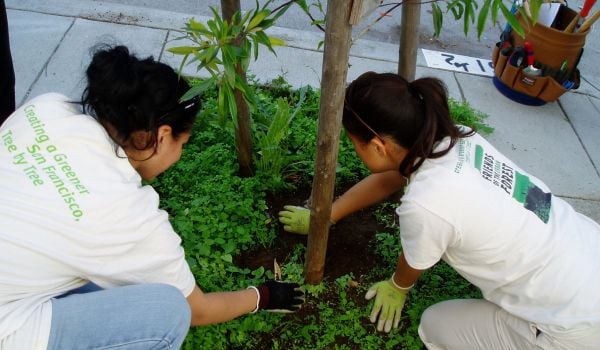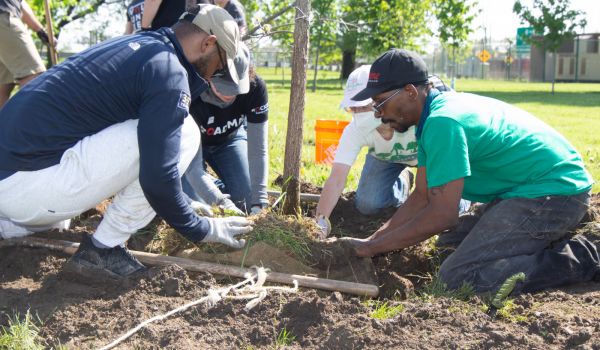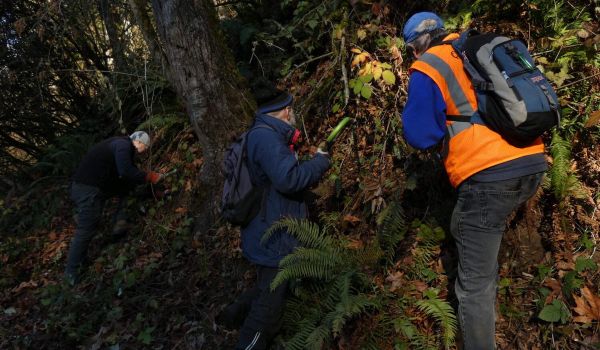Tucked into wood packaging material, the metallic green Emerald Ash Borer Beetle, native to Asia, was first discovered in the U.S. in 2002, in southeast Michigan. Since then, the beetles — whose larvae feed on the inner bark of ash trees, curtailing the trees’ ability to move water and nutrients — have been responsible for the destruction of tens of millions of ash trees across 30 states. States and municipalities have responded with structured removal plans to keep the invasive, tree-killing pests at bay, resulting in the extraction of unprecedented numbers of trees from cities across the country.
“There have been a lot of efforts, particularly in the Midwest, to build up capacity because a lot of trees were suddenly coming down and they needed to be able to process that,” explains Ian Leahy, the vice president of urban forestry for American Forests, an organization dedicated to creating healthy forests founded in 1875. “So, there was innovation happening.”
And innovate is exactly what one Fargo, North Dakota timber company did. Today, the Dakota Timber Company processes roughly 750,000 board feet of local wood each year, much of which is urban lumber sourced from city trees in the local community.
Dakota Timber’s roots stretch back to founder Seth Carlson’s college days at the University of Minnesota, Duluth. Carlson and a friend started making wood products alongside their studies, chiefly platform bed frames, but Carlson soon got burned out from the high demand. He took a couple years off to recenter and focus on cycling until he heard that a reclaimed wood company in Duluth was foreclosing. After negotiating with the bank and maxing out a couple of credit cards, Carlson bought all of their leftover inventory and hired a company to transport it to Fargo. “I thought I was just going to sell it and be done, but 10 years later, I’m operating a full-scale manufacturing company,” Carlson says.
He quickly realized that no one was interested in buying raw reclaimed lumber, that he’d have to transform it into an end product, like floating shelves, tabletops and fireplace mantles. A few years into the business, around 2015, Carlson began to pivot his business model. Growing up, his dad was a city forester in nearby Casselton, North Dakota. “It was a dream of mine to use city trees that were coming down from disease, storm damage, or whatever,” Carlson says.
The broad, nearly treeless prairies that comprise the Great Plains don’t allow for much of a lumber industry, but Carlson was intimately familiar with the trees that are coming down and being planted in North Dakota cities almost continuously.
He did some rough back-of-the-napkin-math and estimated that three of North Dakota’s biggest cities — Fargo, Grand Forks and Bismarck — alone are likely producing almost a million board feet a year from just elm trees.
“There’s a potential to capture about four million board feet from urban forests nationwide. That’s more than our national forests,” Leahy says. “I think a lot of people think of [urban lumber] as a cute niche thing off to the side, but it actually has potential to be very sustainable and make a very essential economic and environmental contribution.” A 2019 study estimates the potential annual value of urban lumber to be between $89-786 million, depending on the end product.
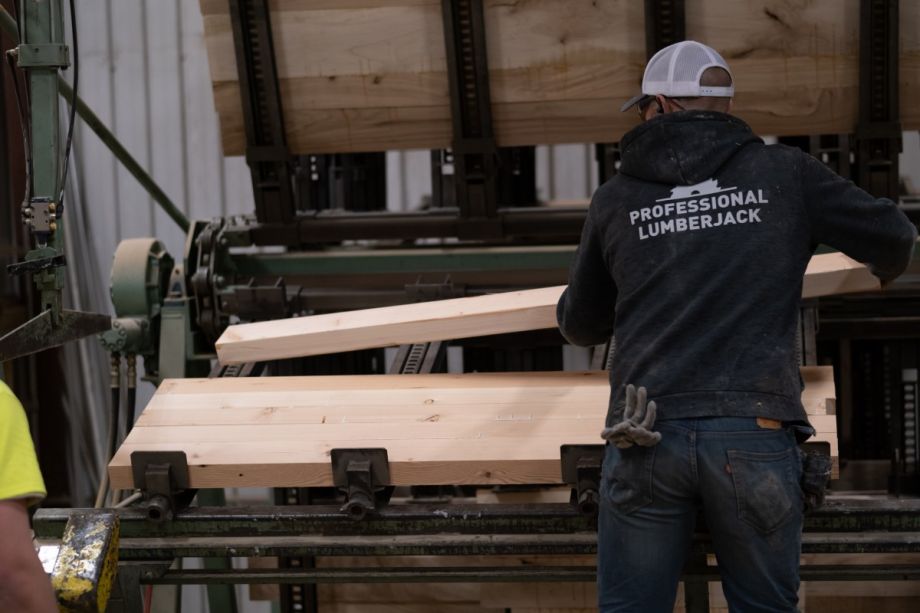
(Photo by Dan Francis, courtesy of Dakota Timber Company.)
Carlson bought a sawmill for the shop and the team began tinkering, looking for end products that could absorb the unique nonconformity of urban lumber. “An endless chain of troubleshooting,” as Carlson explains it, led the company to two core products: tabletops and floating shelves. The tabletops are advertised as a blend of urban hardwoods, meaning that each has its own distinct look.
While tabletops can be cobbled together from multiple species, each floating shelf is just one species, but customers want shelves that look uniform overall. “So that it isn’t as obvious if one shelf is a different species … we figured out a way to finish them with a weathered patina finish … that ties it all together,” he adds.
What started as Carlson and company hauling discarded logs out of landfills has evolved into sourcing directly from the tree removal companies that cities contract with.
While using urban lumber isn’t unique — many other companies are also in the urban lumber business, including Wood from the Hood, Trilox and Urban Lumber Co. — finding a way to scale up production is. Carlson says that Dakota Timber’s secret to being able to compete with big box stores is the small, nimble nature of his company. They’ve fine-tuned their processes over the years to meet customer demands in real time.
“If a trend changes, we can stop a product line and make a new one instantly,” he says. “Within a couple of weeks, we can start producing the product that we’re seeing as popular in real time, whereas major retailers are taking trends from maybe the previous six months or year to make guesses for what they need to buy for the following seasons.”
Plus, with the supply chain issues that caused by the pandemic, sourcing locally has kept inventory flowing while overseas shipments spend months waiting on cargo ships. Still, even just the trees coming down in Fargo alone are more than Carlson’s team can touch.
“A majority still goes to the landfill. It’s still cheaper and easier in the short term to just dump it,” Leahy says. “If it’s not dumped, a lot of times it’s turned into chips which decompose quickly enough, but you’re not really storing that carbon long-term if that’s part of the goal. And you’re not optimizing the economic benefits. You’re not creating all of the jobs that you possibly could out of that.”

Cinnamon Janzer is a freelance journalist based in Minneapolis. Her work has appeared in National Geographic, U.S. News & World Report, Rewire.news, and more. She holds an MA in Social Design, with a specialization in intervention design, from the Maryland Institute College of Art and a BA in Cultural Anthropology and Fine Art from the University of Minnesota, Twin Cities.
Follow Cinnamon .(JavaScript must be enabled to view this email address)

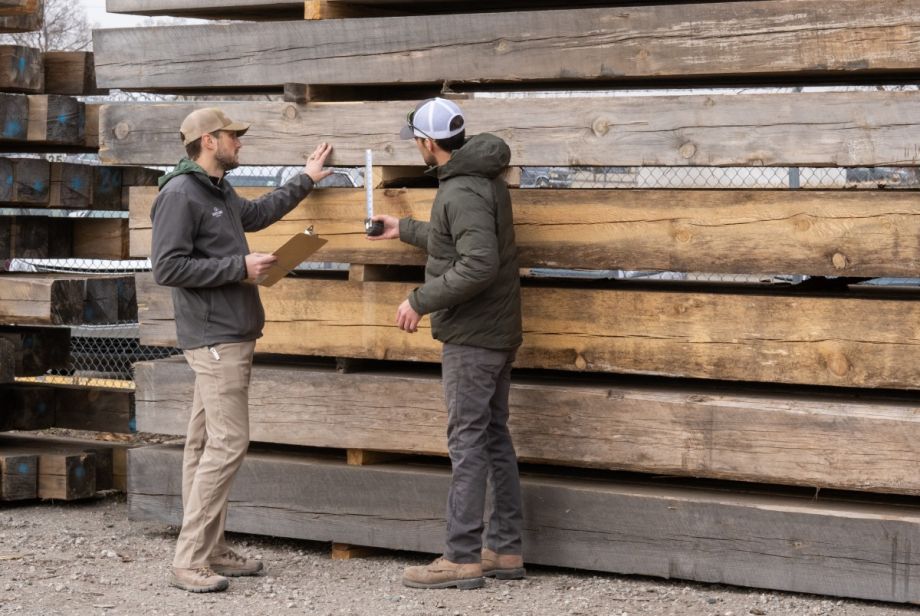
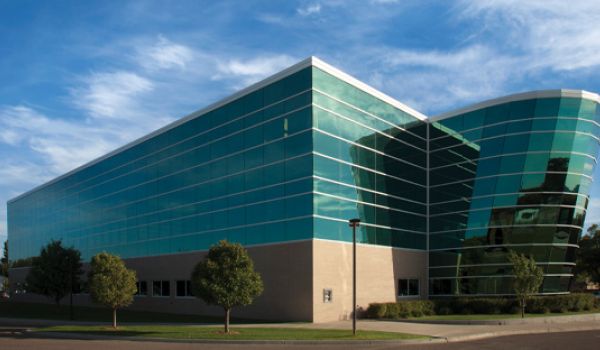
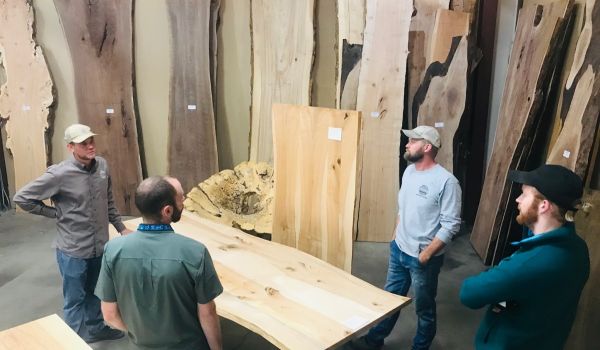
_600_350_80_s_c1.JPEG)
